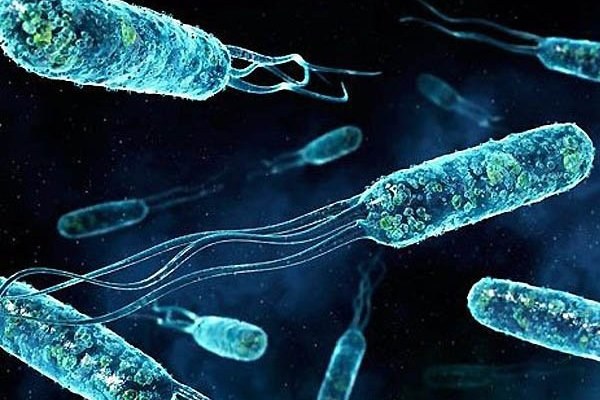Instruction
1
Enterococci are able to live in oxygen environment and in the absence of oxygen, so they are pretty popular. Best for them is the temperature of the 37-39оС. Enterococci are able to persist long in the environment, resistant to disinfectants, survive well as heating and boiling. These microorganisms are part of normal microflora of the gastrointestinal tract, play an important role in shaping the intestinal immune system. Basically, they live in the region of the small intestine, although quite a significant part of them is present in the colon.
2
Enterococci are also found in the region of the urethra, genitals, mucous membranes of the mouth. Clinical studies have shown that the human body contains mainly the Enterococcus faecium. All other types can be introduced from the outside and dangerous in terms of health. Under certain adverse conditions they can become pathogens of various diseases: infections of the urinary and genital tract, intra-abdominal infections, lesions of the pelvic organs, complications of wound healing processes, lesions of the myocardium with the formation of endocarditis.
3
Pathogenic species (e.g., fecal enterococci) are transmitted contact-household path: from dirty hands, contaminated personal belongings, food, water. Often, these microorganisms are identified in the fecal microflora (the analysis on a dysbacteriosis). Sexually transmitted infections (in the standard sense of the term) Enterococcus is not transmitted. It is more correct to talk about its making in a sexual way while ignoring basic hygiene principles in the case of consistent change of variations of sex.
4
Infection of the urinary organs is also due to the ingress of intestinal contents due to poor hygiene. By ascending pathogens are able to penetrate into the bladder or kidney and cause the development of pyelonephritis, cystitis, prostatitis, urethritis. The main culprit for infecting the urinary system is the fecal enterococci. Such infections are treated with antibiotics urotropine.
5
Sometimes patients present as asymptomatic bacteriuria (the presence of germs in the urine without symptoms of infection). Especially important is the presence of enterococci in the urine of children and pregnant women because their immune system is down. A small number of enterococci (0.1%) may be present in the normal microflora of the vagina. Above normal in the smear indicates the violation of personal hygiene and can be accompanied by the development of vaginitis vulvitis, especially in young girls.
